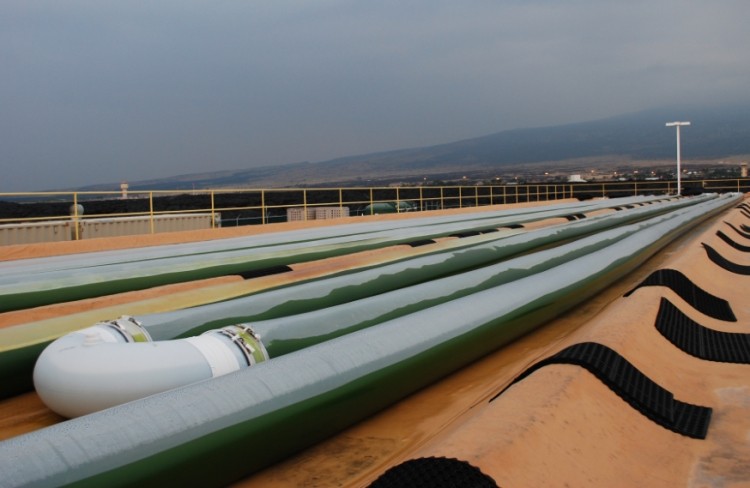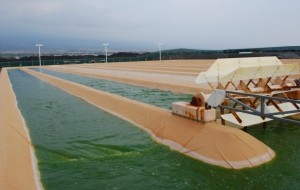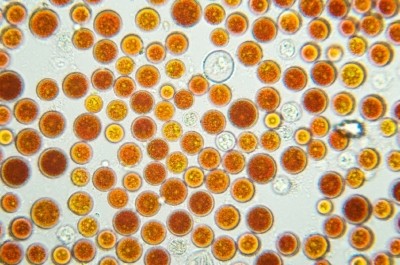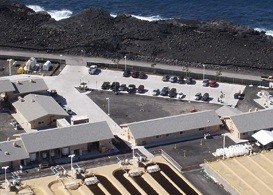Cellana signs deal with Piveg for algal omega-3s

In the deal Cellana will ship biomass from its growing facility on the Kona Coast of Hawaii’s Big Island for purification and extraction at Piveg’s facilities in Mexico. The goal is to bring a suite of omega-3 oils to market.
Reliable production
Cellana has been working on the cultivation of a variety of alagal species, including those that produce astaxanthin as well as DHA and EPA. Cellana’s CEO Martin Sabarsky said his company has demonstrated the robustness of its technology, which employs a hybrid photosynthetic system in which the cultures are started in closed tube bioreactors and then are grown to maturity in open ponds.
“We have depth and breadth of outdoor algae production,” Sabarsky told NutraIngredients-USA. “We have demonstrated our technology at our facility at industrial scale production.”
Reliable production can be the Achilles heel of algae companies. There are any number of interesting technologies that have promised great things at bench scale that have stumbled when developers tried to scale up the process. A key difficulty has been trying to prevent contamination, which is easy to do in a sterile lab setting but much harder to manage out in the real world. For a number of companies contamination events have caused damaging production interruptions as ponds and bioreactors have repeatedly had to be emptied for cleaning and sterilization. Cellana’s experience in reliable production is one of the things that attracted Piveg to the deal, CEO Roberto Espinoza said.
“It is one thing to produce in the laboratory and another thing is to have actual production. To me, ‘production’ doesn’t mean producing for four weeks and then being out for four months,” he said.
Espinoza said he was also attracted by Cellana’s hands-on experience in producing biomass that can be competitive on value. Algal technologies have tended to be long on technological promise but short on bringing products to market that can actually compete at a realistic price point. Consumers have proven unwilling to pay stiff premiums for attributes such as sustainability or a vegan positioning.
“We have several examples of companies that have made a big name in the industry with access to tremendous amounts of cash, with a lot of scientists on their staff, and they have zero practicality in the market,” he said.
Market for all types of omega-3s
Espinoza said looking down the road he believes there will be a market for all different types of omega-3s, be it from fish oil, krill or algae. Fish oil, while abundant, does have an upper limit on supply. Ingenious extractors have found new ways to get omega-3 oils out of waste portions of fish production, such as leftover parts of fish carcasses or roe. But even with these developments, there is a limit. And the move has just started to restrict marine harvest areas in Antarctica. At the moment that affects only tooth fish harvesters, but could impinge on krill fishing in the future. Algal omega-3s, by contrast, are limited only by capital requirements and market acceptance, and by the ingredients’ current higher price.
“I think there is a market for every kind of omega-3s,” Espinoza said. “I think ‘peak’ fish oil may have already passed. The fish catch worldwide has been declining. But fish is still the low cost producer. They are not paying for the production cost of the oil—the fish do that themselves. They are just harvesting from a natural resource. As algae technology develops the production cost has to come down.”










